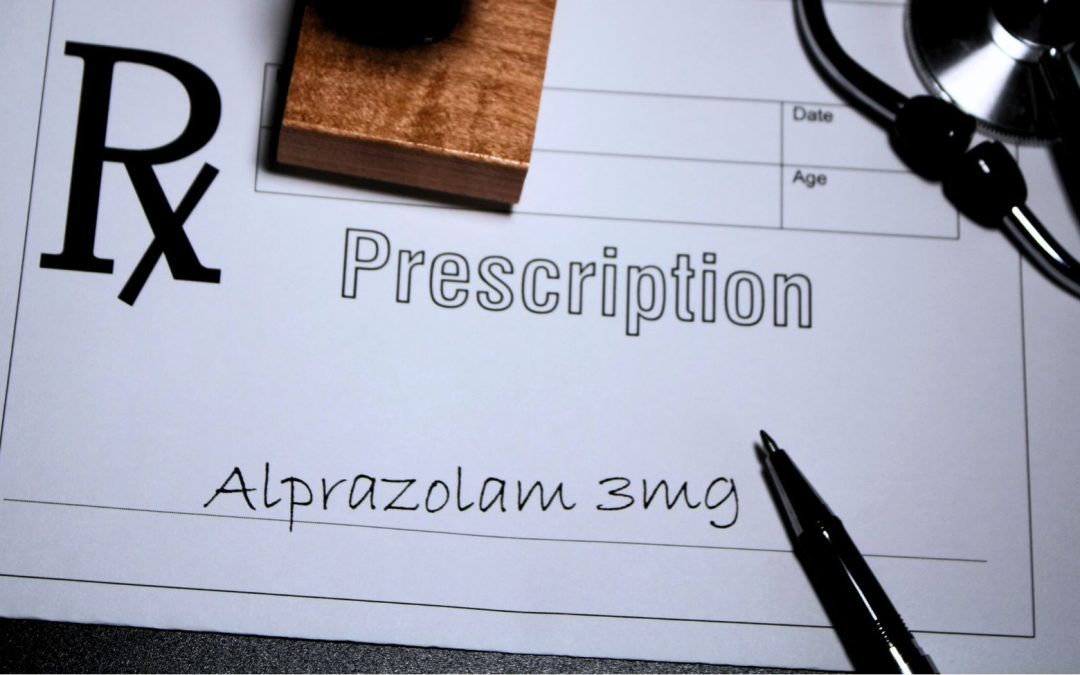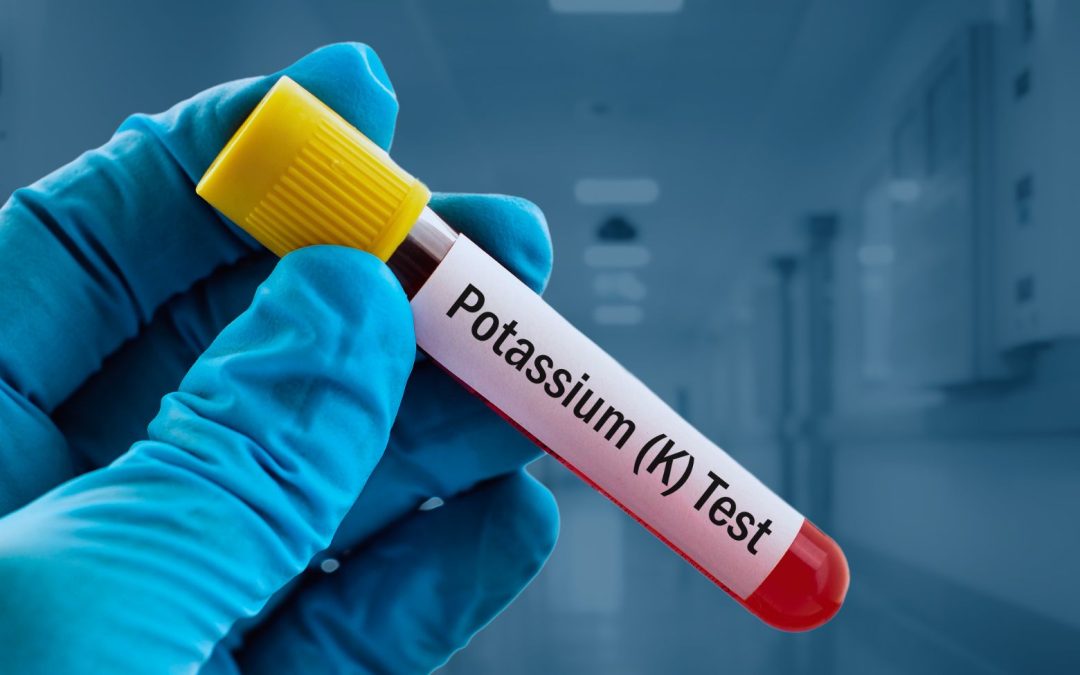Forms and Dosages of Digoxin
Forms
The available forms and dosages of digoxin are listed below:
- Oral solution – 50 mcg/ml
- Tablets – 62.5 mcg, 125 mcg, 187.5 mcg, and 250 mcg
- Injectable solution – 100 mcg/ml and 250 mcg/ml
For oral administration, it can be given without food. Tablets can be crushed.
Intramuscular digoxin is rarely used, produces severe local irritation, and leads to erratic absorption. However, if no other route is possible, it can be given deep into the muscle followed by a massage. Be sure to not give more than 2 ml at one site.
For intravenous administration, give undiluted or dilute with at least a 4-fold volume of sterile water for injection or D5W. Less dilution may lead to the precipitate formation. Use the dilution immediately and administer slowly over 5 minutes.
Dosages
It is important to keep in mind that the loading dose of digoxin is not recommended in heart failure.
The loading dose of digoxin is as follows:
- For adults and elderly: 75 to 1.5mg orally or 0.5 to 1mg IV
- For children 10 years and older: 10 to 15 mcg/kg or 8 to 12 mcg/kg IV
- For children 5 to 9 years: 20 to 35 mcg/kg or 15 to 30 mcg/kg IV
- For children 2 to 4 years: 30 to 40 mcg/kg or 25 to 35 mcg/kg IV
- For children 1 to 23 months: 35 to 60 mcg/kg or 30 to 50 mcg/kg IV
- For full-term neonates: 25 to 35 mcg/kg or 20 to 30 mcg/kg IV
- For premature neonates: 20 to 30 mcg/kg or 15 to 25 mcg/kg IV
The maintenance dose of digoxin is as follows:
- For preterm infant: 5 to 7.5 mcg/kg orally or 4 to 6 mcg/kg IV or IM
- For full-term infant: 8 to 10 mcg/kg orally or 5 to 8 mcg/kg IV or IM
- For 1 month to 2 years child: 10 to 15 mcg/kg orally or 9 to 15 mcg/kg IV or IM
- For 2 to 5 years child: 8 to 10 mcg/kg orally or 6 to 9 mcg/kg IV or IM
- For 5 to 10 years child: 5 to 10 mcg/kg orally or 4 to 8 mcg/kg IV or IM
- For adults greater than 10 to 18: 4 to 5.1 mcg/kg once a day orally as tablets, 3 to 4.5 mcg/kg once a day orally as an oral solution, or 2.4 to 3.6 mcg/kg once a day IV
In the elderly, avoid doses greater than 0.125 mg/day due to decreased renal clearance.
Intramuscular administration of digoxin should be avoided because it can cause pain and muscle necrosis at the injection site. If it has to be given intramuscularly, do not inject more than 500 mcg of the injectable formulation at a single site.
In patients whose lean weight is an abnormally small fraction of total body mass, such as in edema or obesity, reduce the dosage. Decrease the loading dose by 50% in patients with end-stage renal disease.
In patients with renal impairment, dosage adjustment is based on creatinine clearance. The dosage of digoxin may need to be adjusted every 2 weeks, considering its therapeutic effect, toxicity, and serum levels.









